What is Neupro (rotigotine transdermal system) for?
Neupro (rotigotine transdermal system) is a dopamine agonist indicated to treat:[1]
- Parkinson’s disease (PD) – it is used on its own in early-stage disease, or in combination with levodopa (another medicine used in PD) at any stage of the disease, including the later stages when levodopa starts becoming less effective
- Moderate to severe restless-legs syndrome (RLS) – it is used when a specific cause for the disorder cannot be identified.
It is available in as a transdermal system (patch) that you stick on your skin that comes in six dosing strengths for PD: 1 mg, 2 mg, 3 mg, 4 mg, 6 mg, and 8 mg.[1]
How does Neupro (rotigotine transdermal system) work?
Parkinson’s disease (PD) is a neurodegenerative condition that affects brain nerve cells that produce dopamine. Dopamine is an important signaling molecule that controls movement. Loss of dopamine-producing cells leads to a lack in dopamine in the brain, which leads to the symptoms of PD, including tremors, stiffness and slowness.[2]
The active ingredient in Neupro, rotigotine, is a dopamine agonist, which means that it mimics the action of dopamine. The patch delivers a constant supply of rotigotine through the skin into the bloodstream.[2,3]
The patch allows patients to control their movement and to have fewer of the signs and symptoms of PD disease, such as stiffness and slowness of movement. The exact way rotigotine treats PD and RLS is not fully understood. It is believed that rotigotine stimulates dopamine receptors in the brain.[2,3]
Where has Neupro (rotigotine transdermal system) been approved?
Neupro (rotigotine transdermal system) was approved by:
- The Food and Drug Administration (FDA), USA:
- The European Medicines Agency (EMA) on April 24, 2008 for the treatment of PD and RLS.[6]
- The Therapeutic Goods Administration (TGA), Australia on January 2011 for the treatment of PD and RLS.[7]
- The Ministry of Health, Labor and Welfare, Japan on December 27, 2012 for the treatment of PD and RLS.[8]
- China Food and Drug Administration on July 10, 2018 for the treatment of PD and RLS.[9]
Please note that this medicine may have also been approved in other regions than the ones we’ve listed. If you have a question about its approval in a specific country feel free to contact our support team.
How is Neupro (rotigotine transdermal system) taken?
The standard dosage is:[1]
- Parkinson’s disease:
- Initially, 2 mg/24 hours for early-stage disease or 4 mg/24 hours for advanced-stage disease.
- The dose may be increased as needed by 2 mg/24 hours at weekly intervals, up to 6 mg /24 hours for early-stage disease and up to 8 mg/24 hours for advanced-stage disease.
- Restless-leg syndrome:
- Initially, 1 mg/24 hours
- The dose may be increased as needed by 1 mg/24 hours at weekly intervals, up to 3 mg/24 hours.
The strength of patch to use at the start of treatment depends on the type and stage of the disease being treated. The dose can then be increased every week until an effective dose is reached. It may take several weeks before you reach the dose that controls your symptoms best.[1]
Apply the patch one time each day at the same time each day on a dry, clean, healthy skin on the abdomen (tummy), thigh, hip, side, shoulder or upper arm. Leave the patch on the skin for 24 hours, replace it by a new one in a different place. The same place must not be used again until two weeks later.[1]
Complete information about Neupro (rotigotine transdermal system) dosage and administration can be found in the official prescribing information listed in our references section.[1]
Note: Please consult with your treating doctor for personalised dosing.
Are there any known adverse reactions or side effects of Neupro (rotigotine transdermal system)?
Common adverse reactions
The most common side effects ( ≥5% of patients) for the highest recommended doses for treatment of PD listed in the prescribing information include:[1]
- Nausea
- Vomiting
- Somnolence
- Application site reactions
- Dizziness
- Anorexia
- Hyperhidrosis
- Insomnia
- Peripheral edema
- Dyskinesia
The most common side effects ( ≥5% of patients) for the highest recommended doses for treatment of RLS listed in the prescribing information include:[1]
- Application site reactions
- Nausea
- Somnolence
- Headache
Serious adverse reactions
The serious adverse reactions listed in the prescribing information include:[1]
- Severe allergic reactions
- Falling asleep during normal activities
- Hallucinations and other psychotic-like behavior
- Changes in blood pressure or heart rate
- Changes in RLS symptoms: coming back (rebound), or worsening or starting earlier in the day

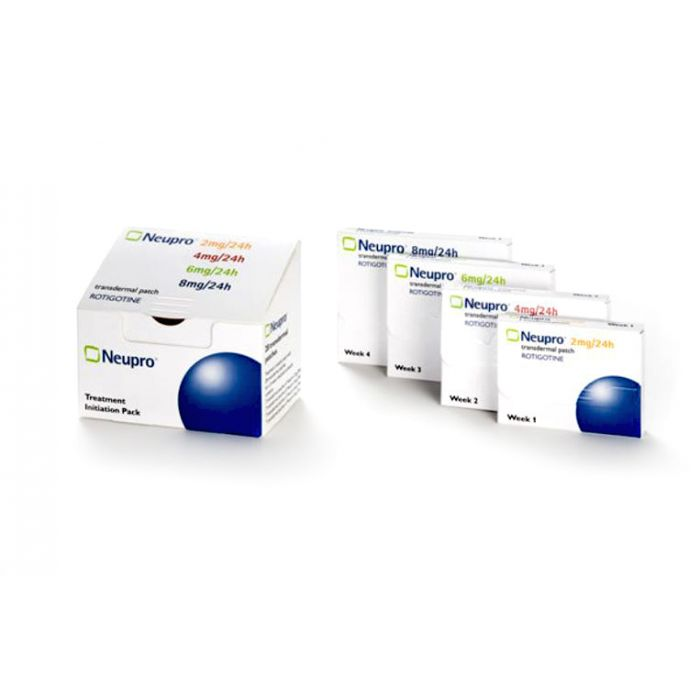
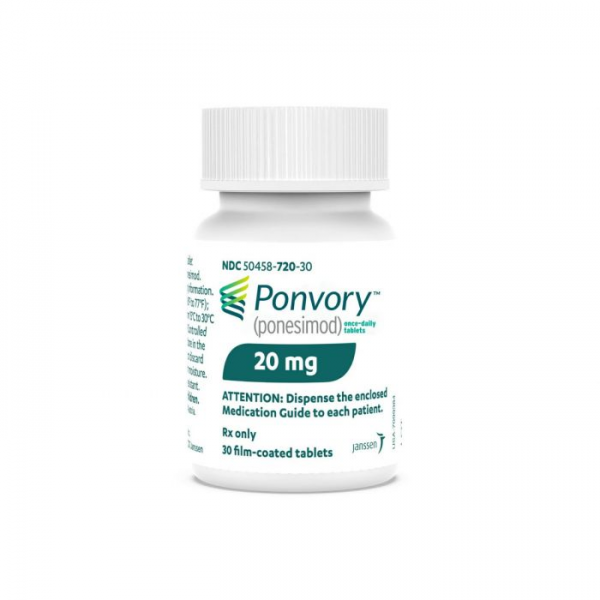

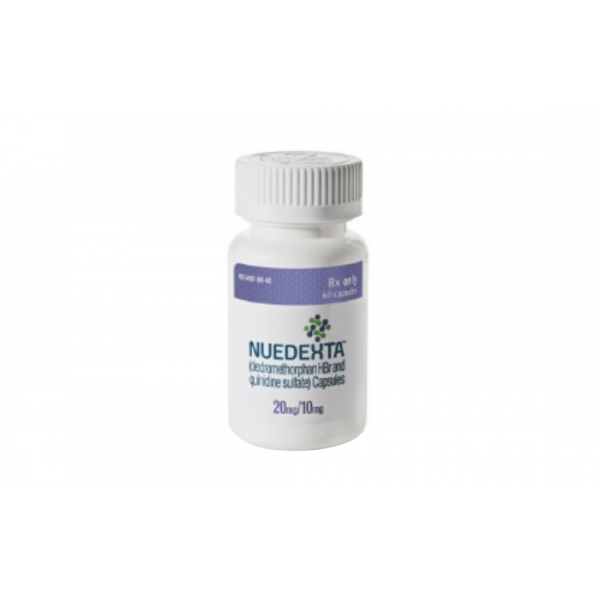

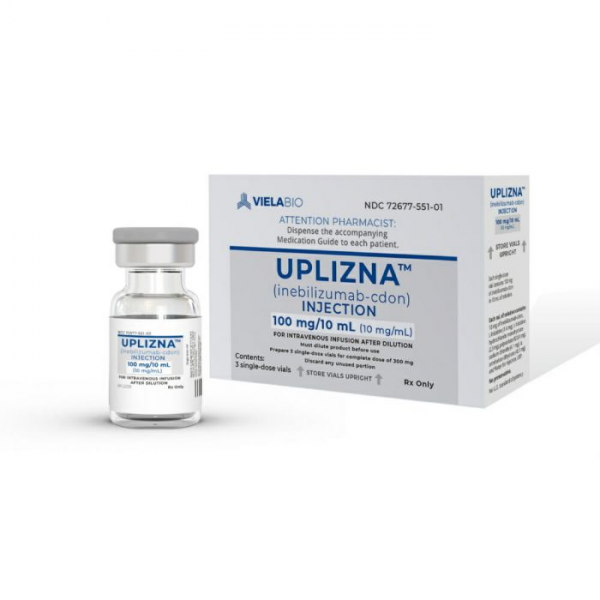

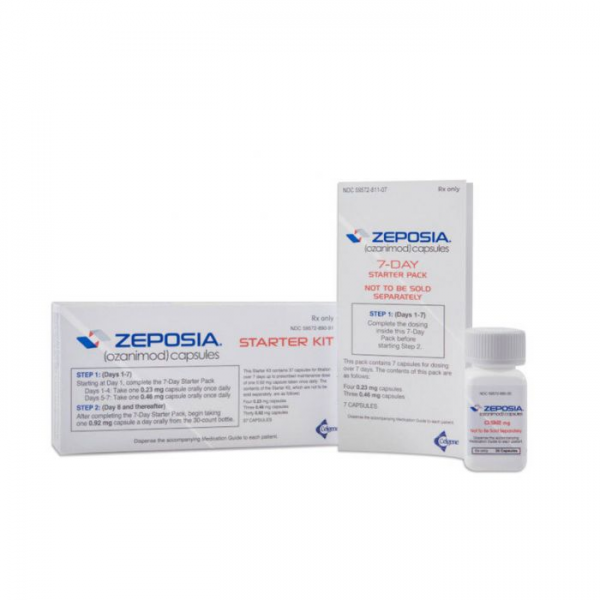

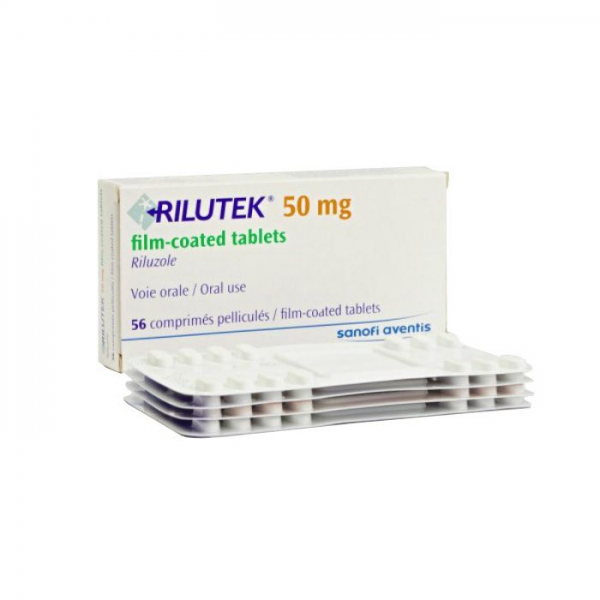
Reviews
There are no reviews yet.